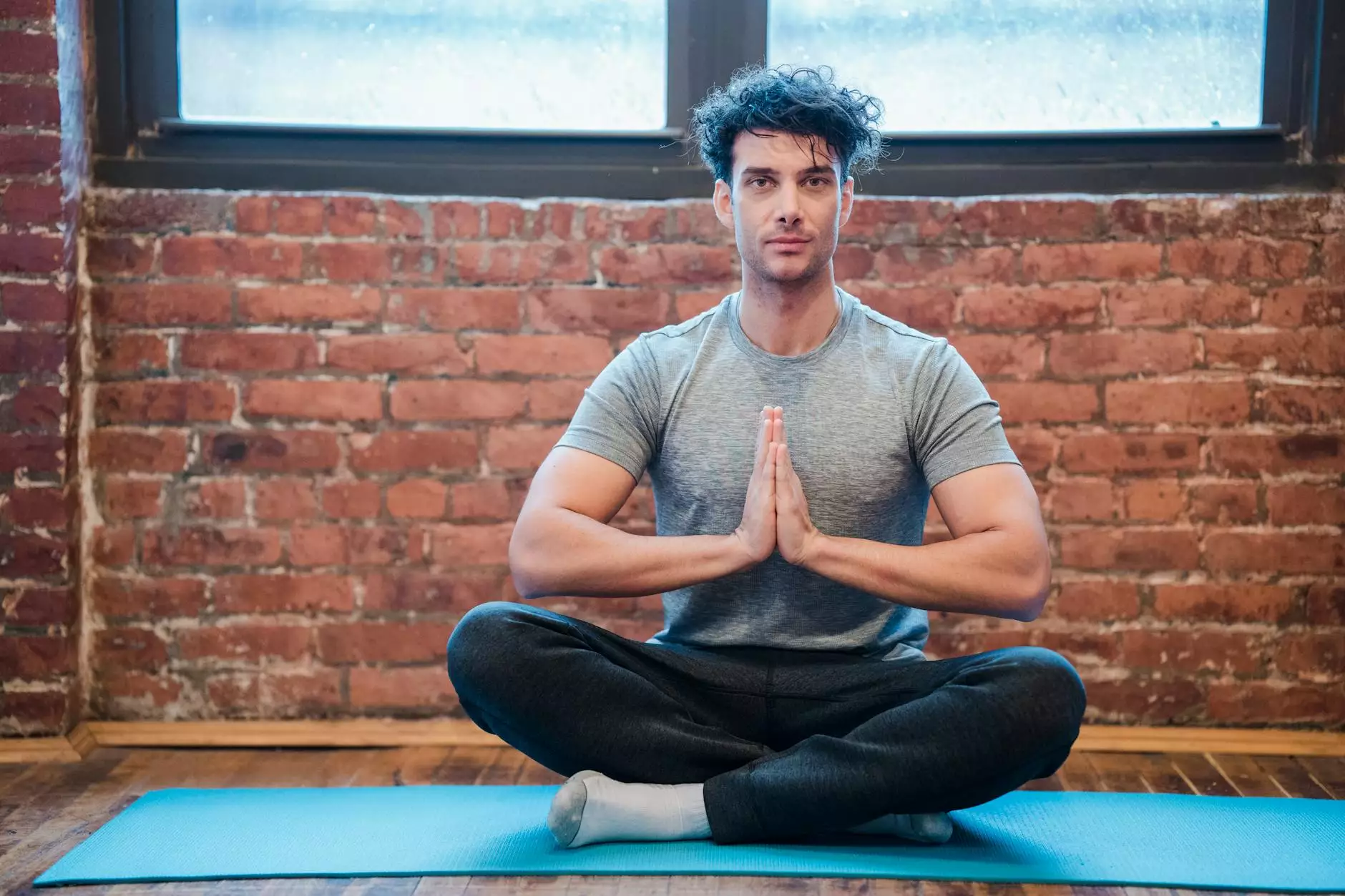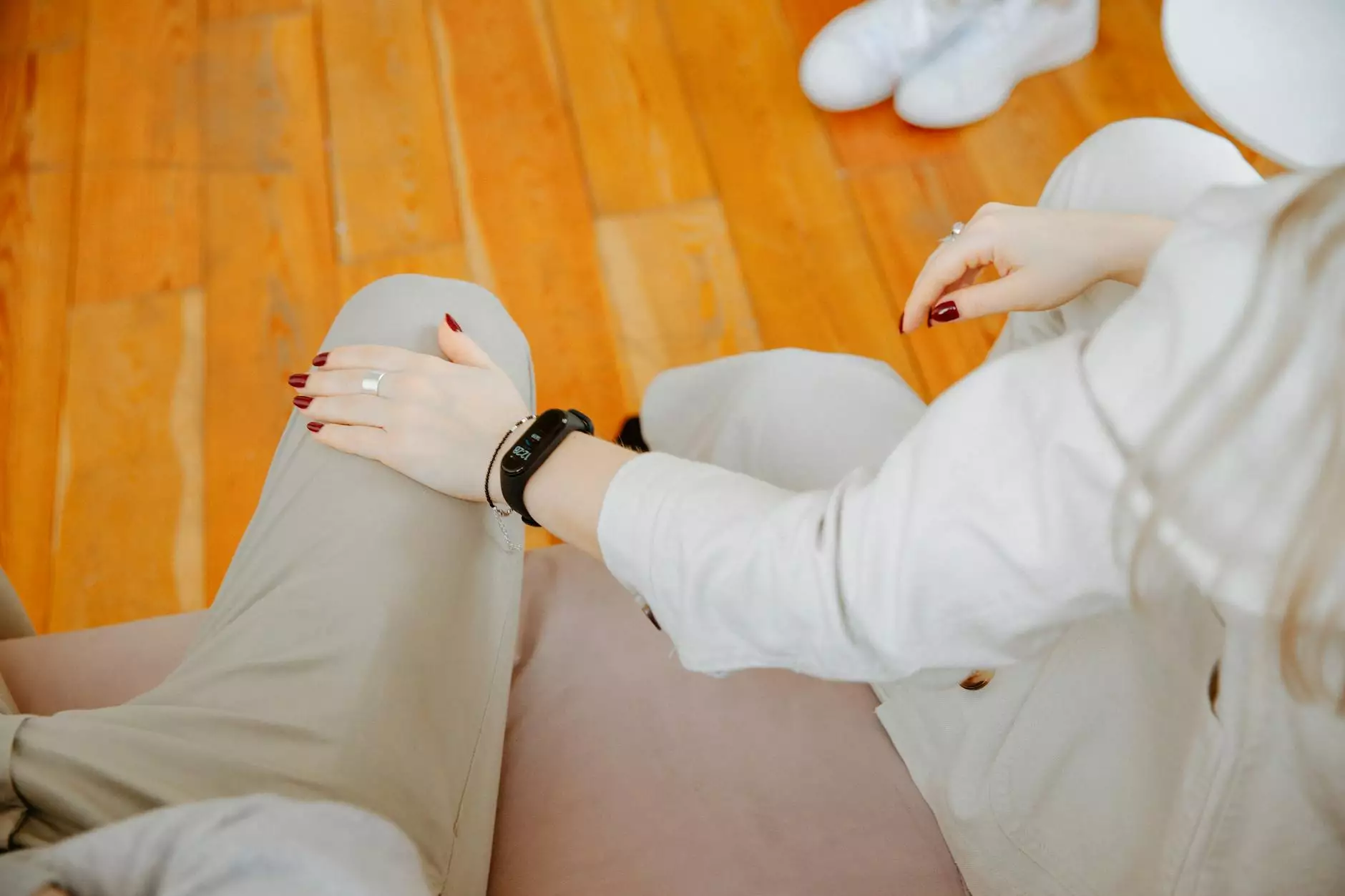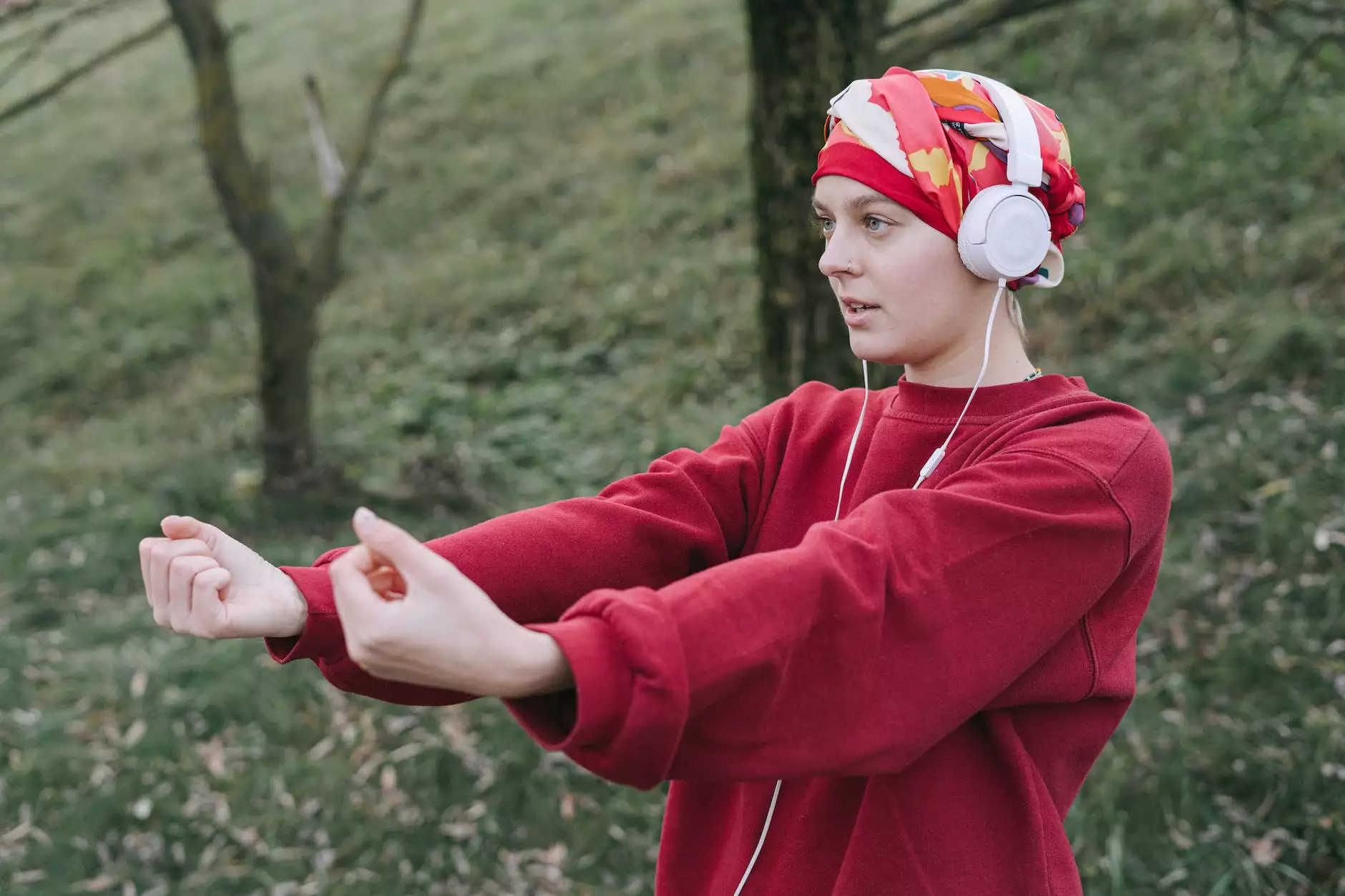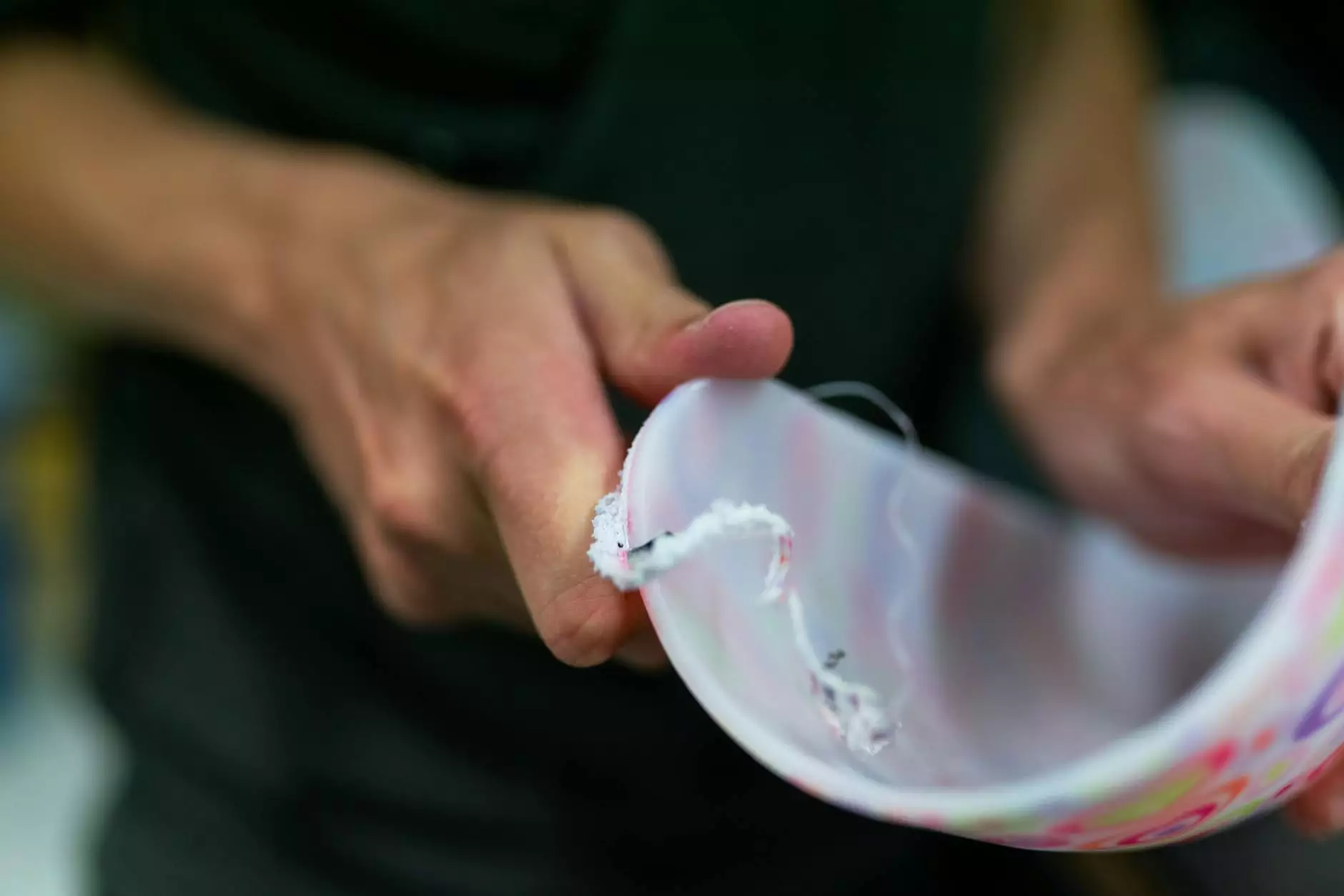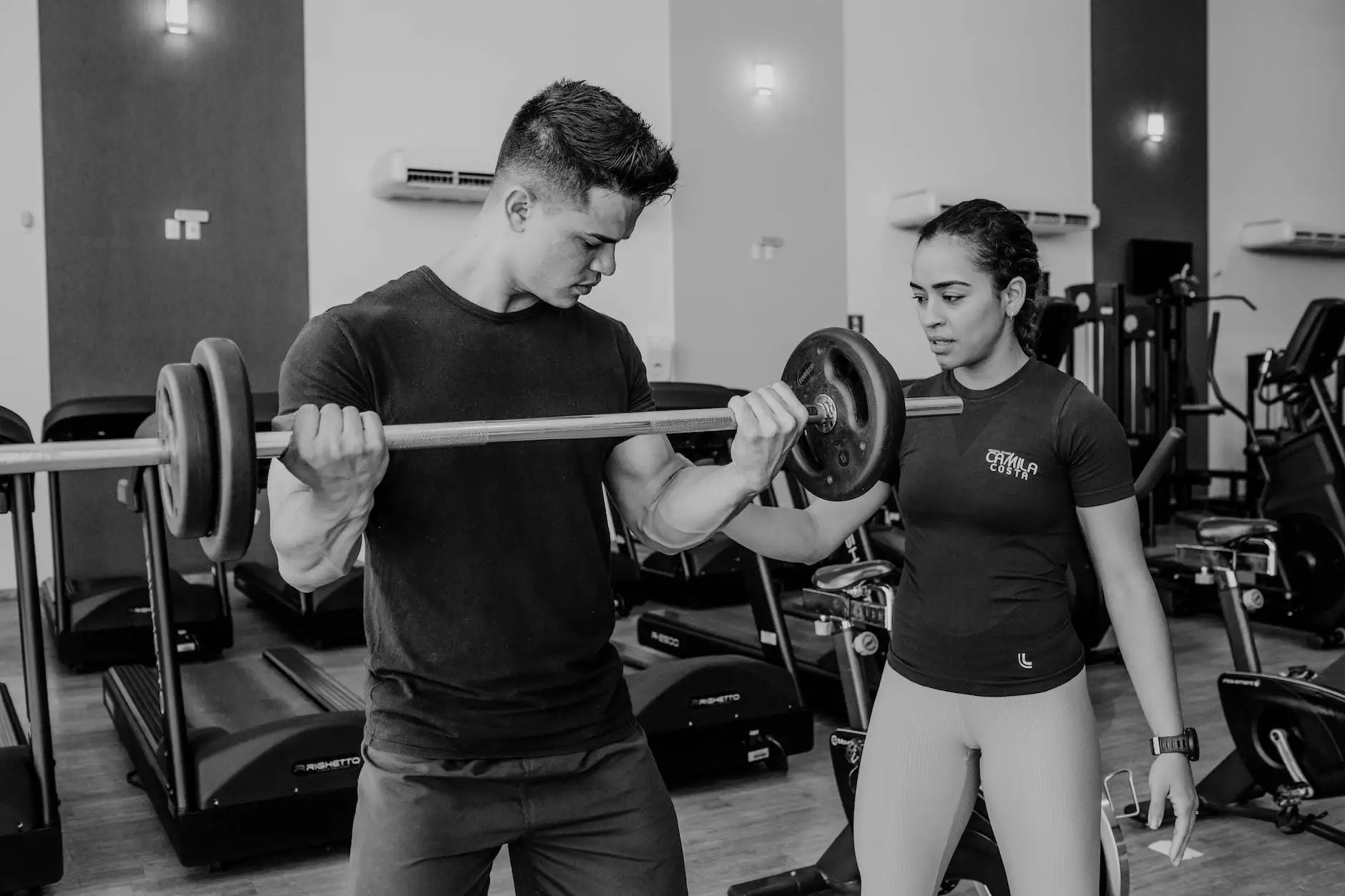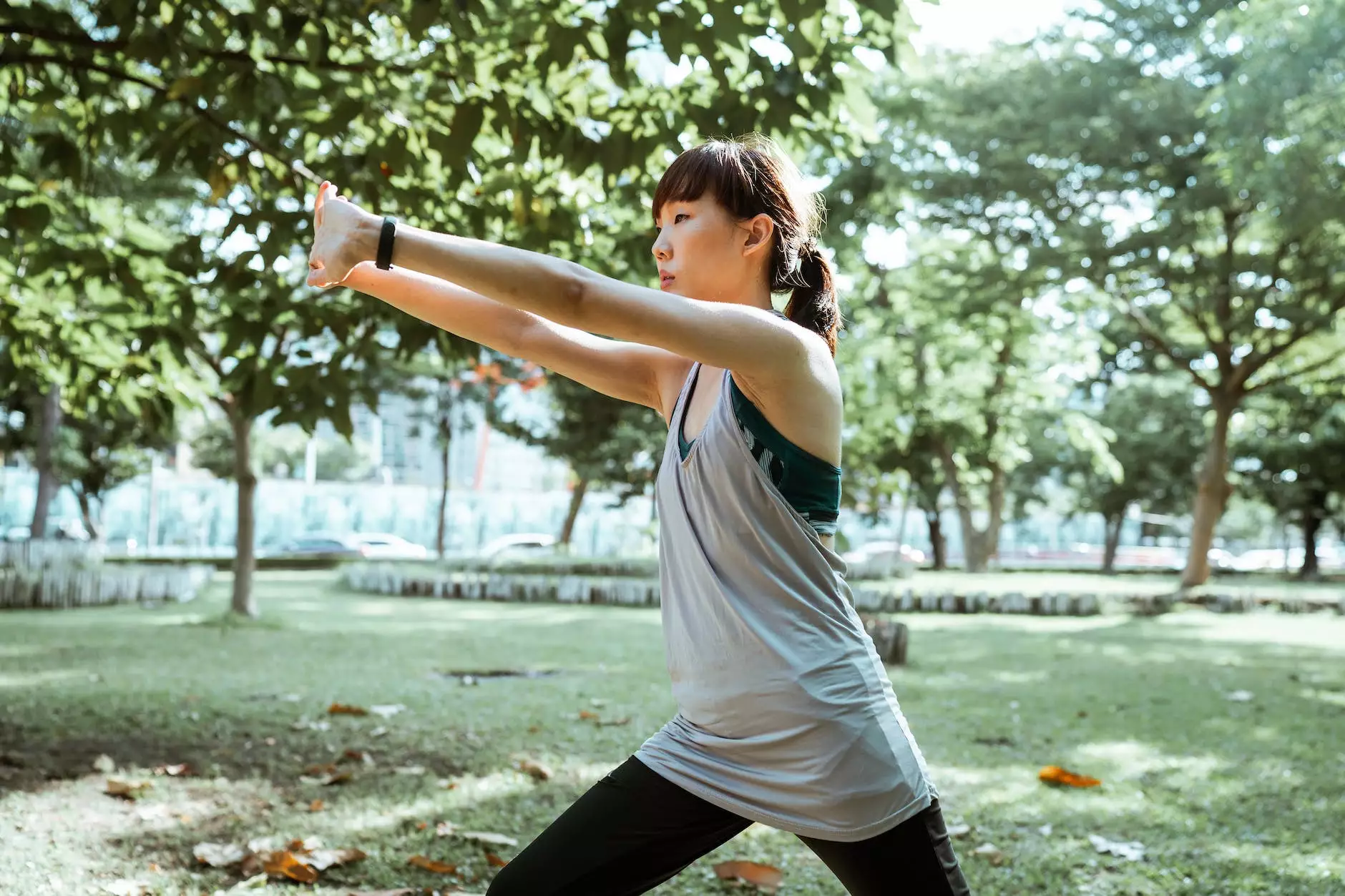Runner's Knee Pain: Causes, Symptoms, and How to Fix It
Blog
Introduction
Welcome to Regency Square Care Center's blog where we provide comprehensive information on various health topics. In this article, we will explore the common condition of Runner's Knee Pain, its causes, symptoms, and effective ways to fix it.
Understanding Runner's Knee Pain
Runner's Knee Pain, also known as Patellofemoral Pain Syndrome, is a condition commonly experienced by runners and athletes who engage in repetitive knee movements. It refers to the pain felt around or behind the kneecap, which can be sharp or dull, constant or intermittent.
This condition occurs due to biomechanical imbalances, such as overpronation (excessive inward rolling of the foot), muscle imbalances, weak hip muscles, or improper running technique. Factors like high-impact activities, inadequate warm-up, tight muscles, and previous knee injuries also contribute to the development of Runner's Knee Pain.
Causes of Runner's Knee Pain
Understanding the underlying causes of Runner's Knee Pain is crucial in finding effective solutions. Here are some common causes:
- Biomechanical Imbalances: Overpronation, muscle imbalances, and weak hip muscles can put excessive stress on the knee joint, leading to pain.
- High-Impact Activities: Engaging in activities that involve repetitive knee movements, such as running or jumping, can strain the knee joint over time.
- Inadequate Warm-up: Failing to warm up properly before physical activity can increase the risk of developing Runner's Knee Pain.
- Tight Muscles: Tight muscles, particularly the quadriceps and hamstrings, can contribute to knee pain.
- Previous Knee Injuries: Individuals who have previously experienced knee injuries have a higher likelihood of developing Runner's Knee Pain.
Symptoms of Runner's Knee Pain
The symptoms of Runner's Knee Pain may vary among individuals, but common signs and symptoms include:
- Knee Pain: Pain around or behind the kneecap, which worsens during activities like running, walking downstairs, or prolonged sitting.
- Swelling: Mild to moderate swelling around the knee joint.
- Instability: Feeling of the knee "giving out" or buckling during movement.
- Cracking or Popping: Audible cracking or popping sounds when bending or straightening the knee.
- Tenderness: Sensitivity or tenderness around the kneecap area when touched.
How to Fix Runner's Knee Pain
The good news is that Runner's Knee Pain can be effectively managed and treated. Below, we outline some strategies to fix and prevent this condition:
1. Rest and Modify Activities
It is crucial to allow the knee joint to rest and recover. Modify or temporarily avoid high-impact activities that exacerbate the pain. Engaging in low-impact exercises like swimming or cycling can help maintain cardiovascular fitness while reducing knee strain.
2. Strengthening Exercises
Performing strengthening exercises targeting the quadriceps, hamstrings, and hip muscles can help restore muscle balance and improve knee stability. Examples of exercises include squats, lunges, step-ups, and hip abductor exercises.
3. Stretching and Flexibility
Incorporate regular stretching exercises to improve flexibility and alleviate tightness in the quadriceps, hamstrings, calves, and IT band. Stretching exercises like standing quad stretch, hamstring stretch, and calf stretches can be beneficial.
4. Orthotics and Proper Footwear
Using orthotic inserts or shoe inserts can provide additional support and correct biomechanical issues, such as overpronation, reducing stress on the knee joint during physical activity. Ensure that you wear proper footwear suitable for your foot type and activity level.
5. Physical Therapy
Consider seeking professional guidance from a physical therapist who can assess your movement patterns, provide personalized exercises, and employ therapeutic modalities to alleviate Runner's Knee Pain.
6. RICE Method
In the initial stages of injury, implementing the RICE method (Rest, Ice, Compression, Elevation) can help reduce inflammation and pain. Apply ice packs, compress the knee with a bandage, and elevate the leg to minimize swelling.
7. Gradual Return to Activity
When the pain subsides and you start feeling better, gradually reintroduce activities and monitor your knee's response. Return to running or high-impact exercises should be gradual, allowing your body to adapt to the increased stress.
8. Consult a Medical Professional
If the pain persists or worsens despite self-care measures, it is advisable to consult a healthcare professional who specializes in sports medicine or orthopedics. They can provide a comprehensive evaluation, diagnose any underlying issues, and recommend appropriate treatment options.
Conclusion
Runner's Knee Pain is a common condition that can significantly impact an individual's ability to enjoy physical activities. By understanding the causes, recognizing the symptoms, and implementing the appropriate treatment strategies, you can effectively manage and fix Runner's Knee Pain, allowing you to get back to the activities you love.
